|
Sensory bins are important as they offer a multisensory learning experience that supports various aspects of child development, including sensory stimulation, cognitive skills, fine motor development, language acquisition, emotional regulation, and imaginative play. They provide a fun and engaging way for children to explore, learn, and develop essential skills.
0 Comments
Butterflies have existed for over 56 million years. Monarch butterflies are known to migrate over long distances when the weather changes. Butterflies have four stages in their life cycle; egg, larvae, pup, and adult. The children were encouraged to paint half their butterfly and fold their unpainted half to create a whole, symmetrical butterfly.
One of our friends brought a wasp nest to school for all of us to see and touch! Thank you for sharing with us. Anthills are made of earth materials like dirt and sand. There are many pathways and tunnels throughout the structure. There are even chambers or rooms that connect to one another. Today they created an anthill shaker, they used paint and dirt to fill the anthill! They played in sand using worms and cardboard rolls to create tunnels.
For fine motor practice they cut circles and made them into ladybugs! Many insects spend at least part of their lives underground in the dirt. Ants and termites live most of their lives underground in social colonies and living in tunnel structures. When earthworms tunnel through the dirt, they bring air into the soil.
Worms or "nightcrawler" usually feed above ground at night. Their segmented bodies are covered in setae, which are small bristles that are used for burrowing into the ground. During this Invitation to Create, children experimented with nature to create their worm artwork. During the project, children moved their nightcrawler through the dirt and created worm trail designs. Beetles, termites and ants make tunnels in dirt. I placed cardboard tubes (tunnels) in dirt, they took turns rolling dice and placed that many bugs in the tunnels. When learning about "homes," children may initially think about their own homes or where they live. As children learn about bug homes, they realize that bugs are similar to us and need shelter, too. They begin to understand that bugs sometimes build homes together as a group or colony while others do it on their own. Children learn that these homes are all unique because they are built to help protect from predators, make, or catch food and give shelter from weather. As they learn about bug homes, they reflect on their own households and how their families work together to help one another.
Leaves, roots, nectar, seeds and wood feed about half of all herbivorous insects (they only eat plants). Leaf insects camouflage themselves from predators by looking like leaves.
Bugs of all kinds love eating leaves! Depending on the shapes and size of the bite marks, you can make a good guess as to which type of bug is feeding on the leaves. During this Invitation to Create, children mimicked a bug's behavior and created holes and bite marks on their leafy paper. They used a paper punch to make holes in the leaves. I encouraged them to all try even though it was very hard. They learned that this is not easy and had to try a few times to succeed. This is really hard for little hands but they did a great job trying. For some of the kiddos that were struggling, I had them lay on the floor and this helped keep elbows planted on the ground which made it easier to use the paper punch. I demonstrated how to draw roots, explaining they are similar to the letter Yy. They were encouraged to draw roots in their journals! There are about 20,000 different species of bees in the world. Bees live in colonies with a queen bee, the worker bees, and drones. Honeybees are great pollinators for flowers, fruits and vegetables which helps plants grow.
Wax is everywhere in a hive! The comb is hexagonal cells made of wax where the honey and pollen are stored. Bee colonies will likely find a hollowed-out tree to build their beehives. During this Invitation to Create, the kids explored textured materials and paint to create beehive designs. Through this process, they discovered how to stamp designs using bubble wrap. I set up a sensory tray for the kids to explore the pollination process. I used pom poms as the bees and dry cheese from mac n' cheese! They dipped the bees and moved them from flower to flower. We used sand, paint, and glue to trace their names. Ants are very social insects. They live in big colonies with millions of other ants. A single ant can carry 50 times its own body weight. Ants work together to mover very big objects.
I filled up a bowl with different types of beans. They were encouraged to sort the different bean "ant families." Anthills are piles of soil, sand and sometimes pine needles. Anthills have many chambers which are used for nurseries, storing food and even as resting places for the worker ants. They created an anthill with torn paper in the shape of an A and added ants using their finger prints. They also created an anthill experimenting with a 3D shape and discovered how to used it in their anthill artwork. Through this process, children manipulated the materials to create their representation of an anthill. As children use their own creative ideas and follow their instincts, they build confidence in their own ideas and decisions. They sorted bug counters, the older kids rolled a dice and sorted the number they rolled and the younger kids sorted by color. They stamped numbers in their fine motor journals. The kids were busy all week making gifts for their mama's. They painted pots, planted flowers, drew portraits of their mom and made finger print cards. They were so excited and proud to give their gifts to their mom's. I hope all you beautiful mother's have the best weekend! Happy Mother's Day!
We have been busy all week making special gifts. Shhhh....it is a surprise!
We are having unusual amounts of rainfall, like two straight days of rain! So, we are moving around and getting as much exercise possible inside. I used butcher paper, sticker dots and they sorted letters and numbers. This activity gets them moving around and their brains working! I left on the wall and the younger children are counting and recognizing letters. |
Archives
May 2024
Categories |
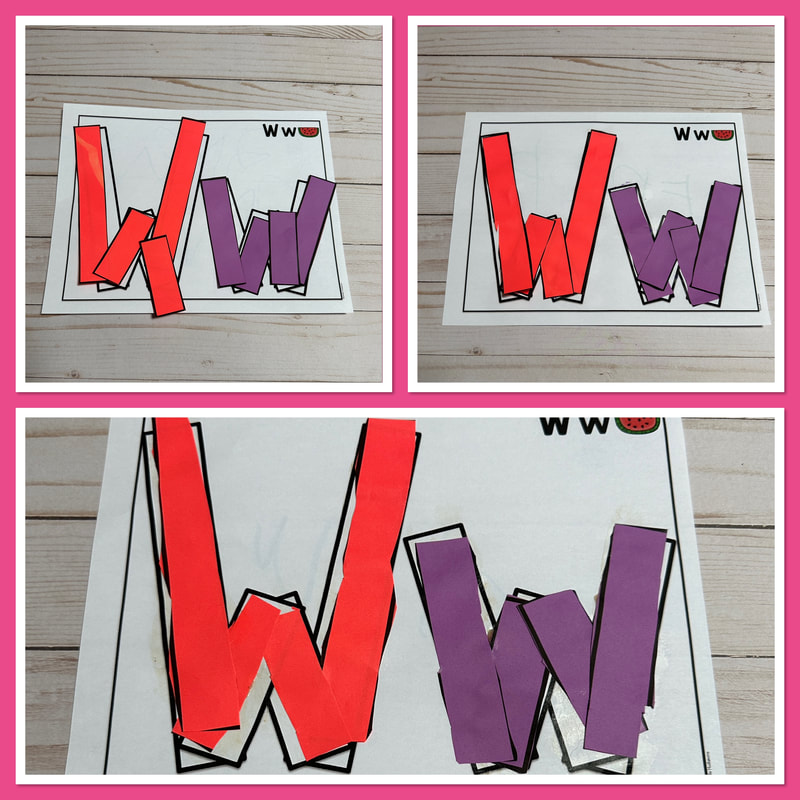

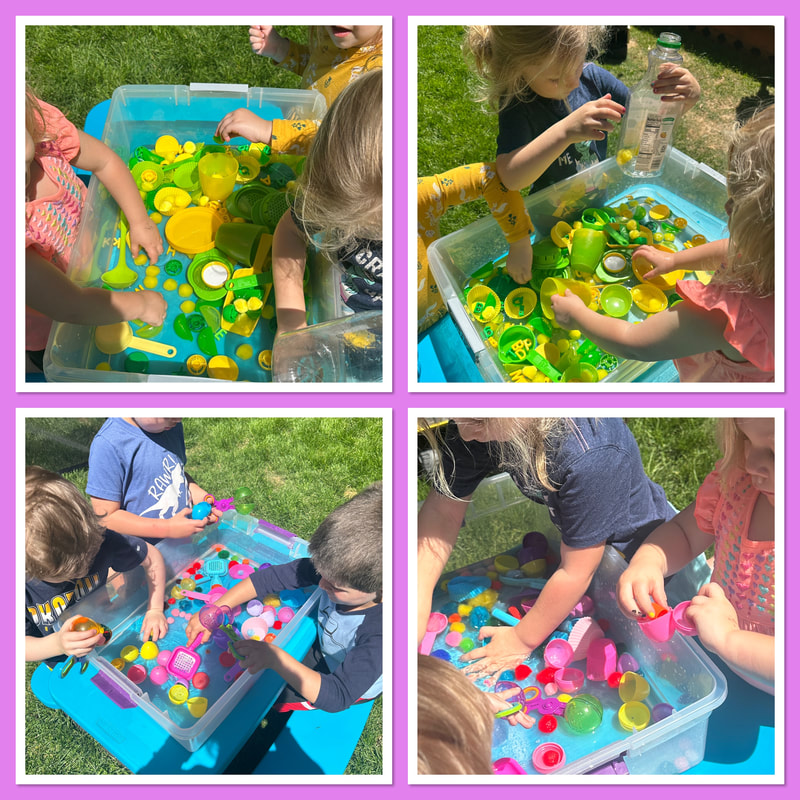
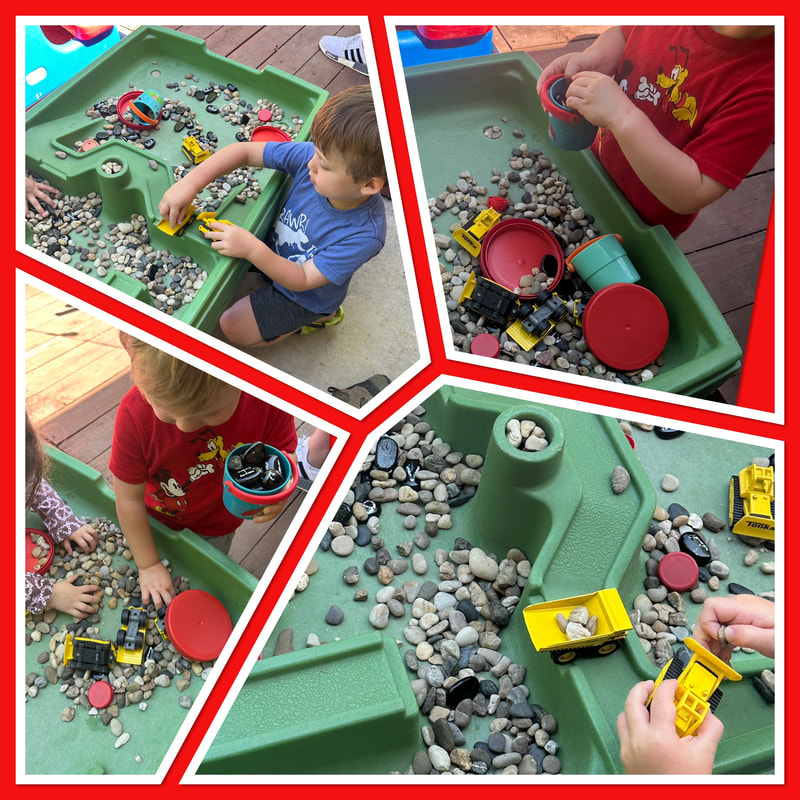
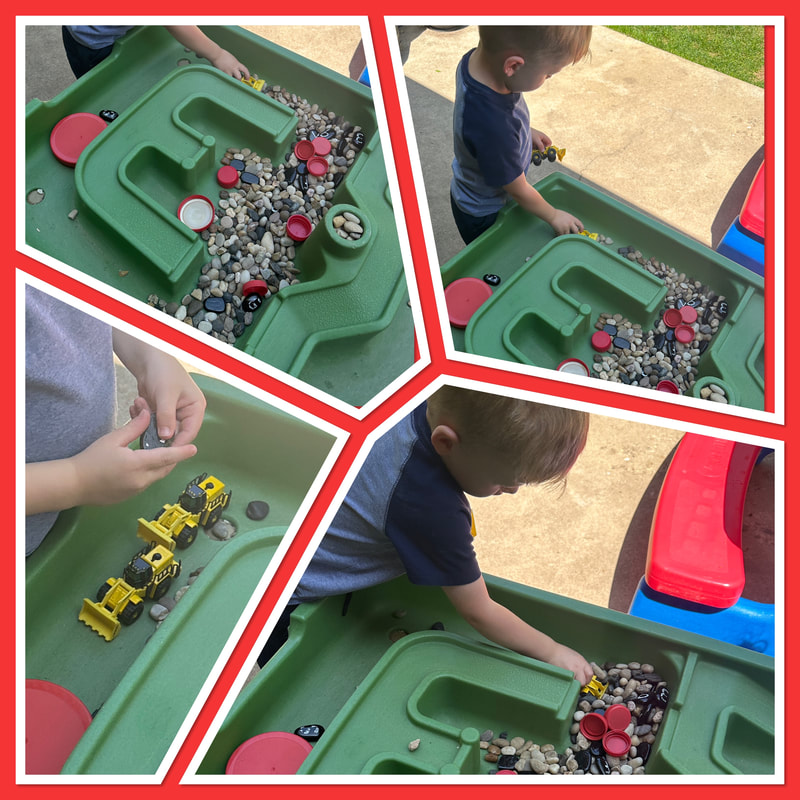
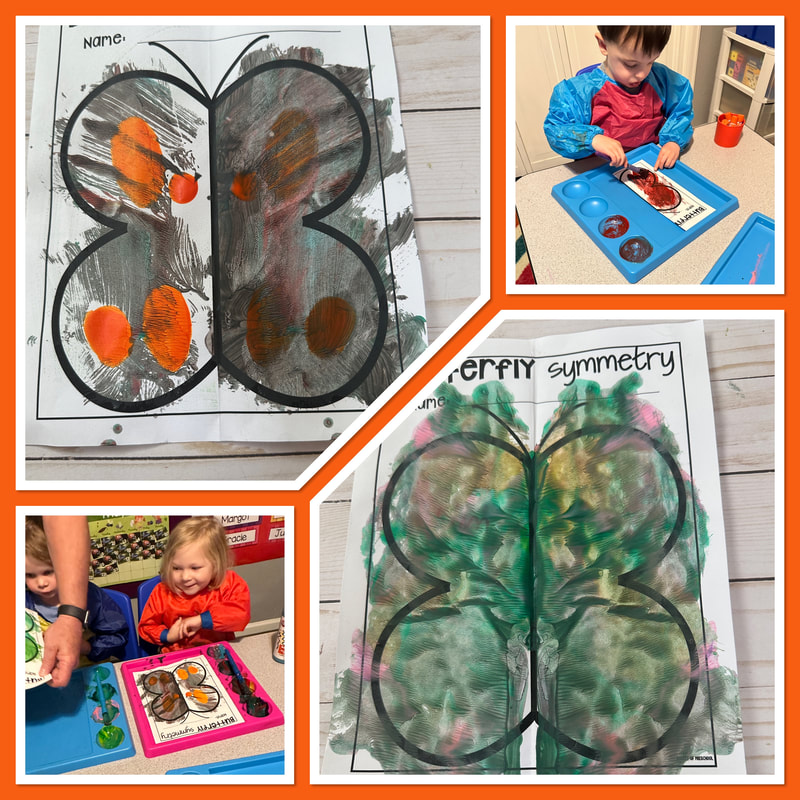
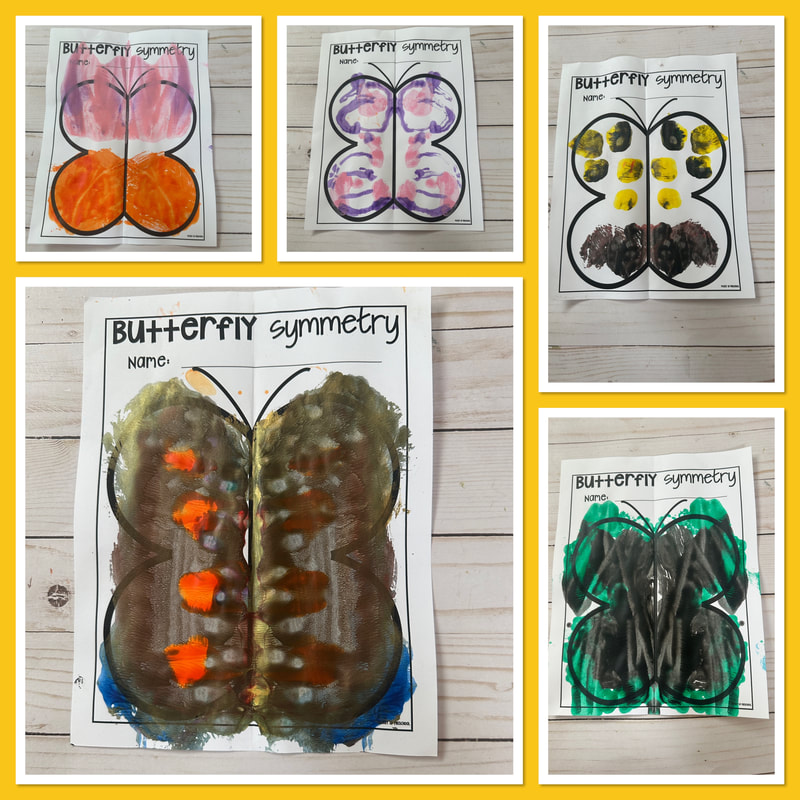
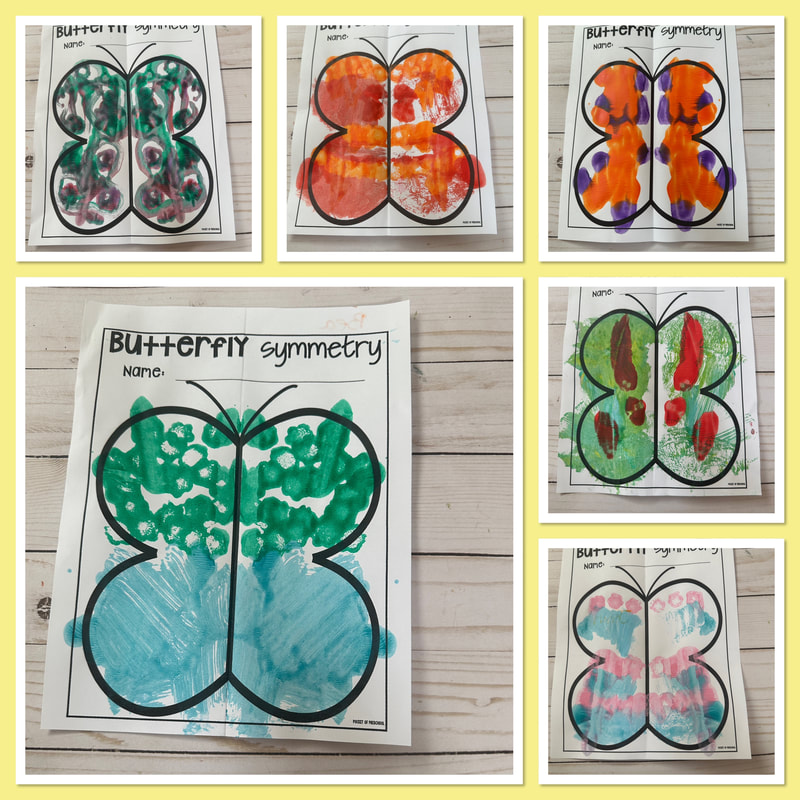
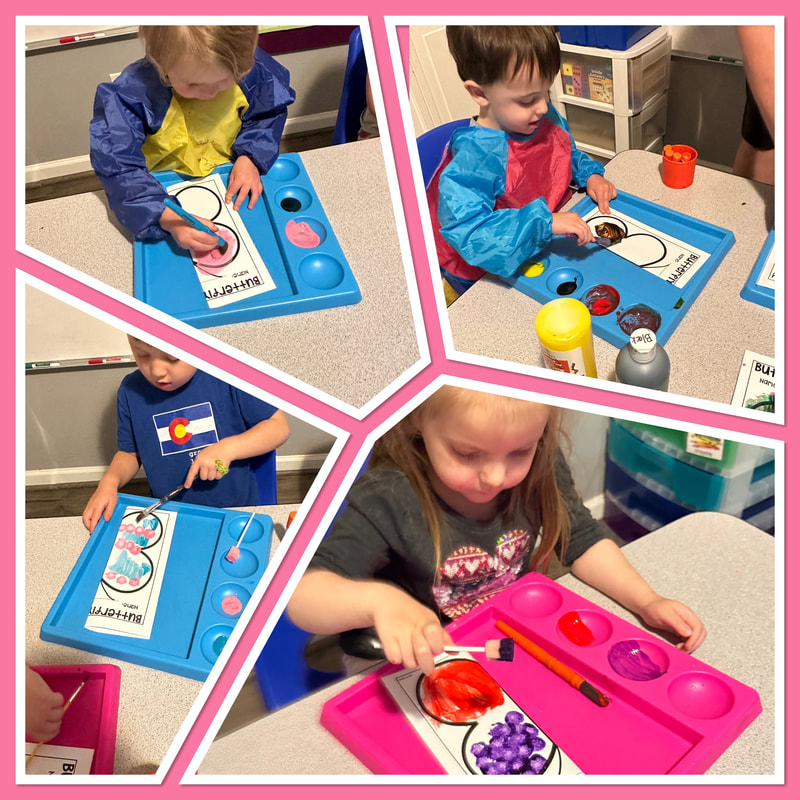
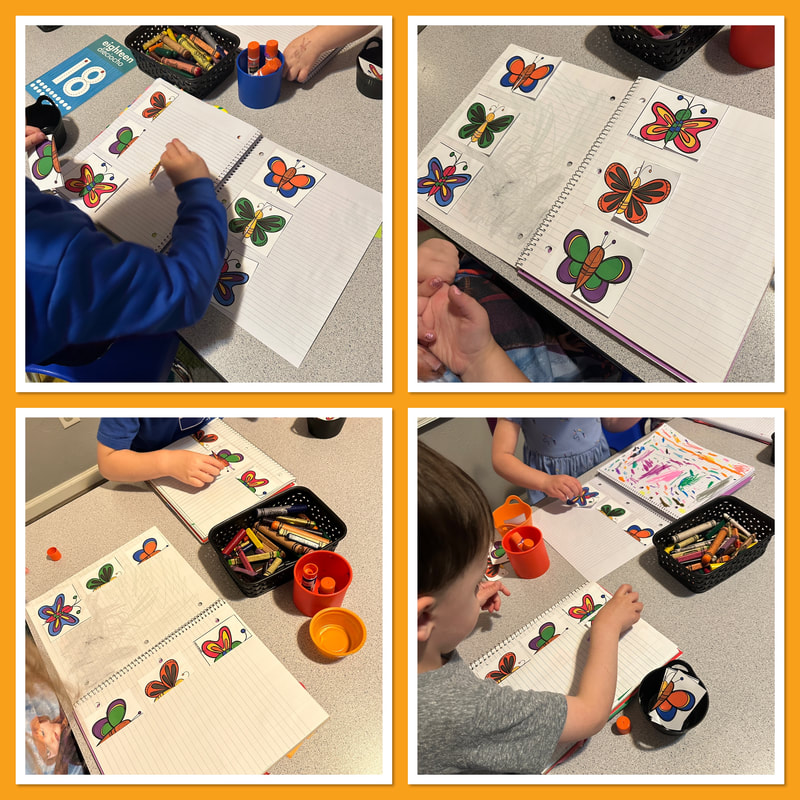

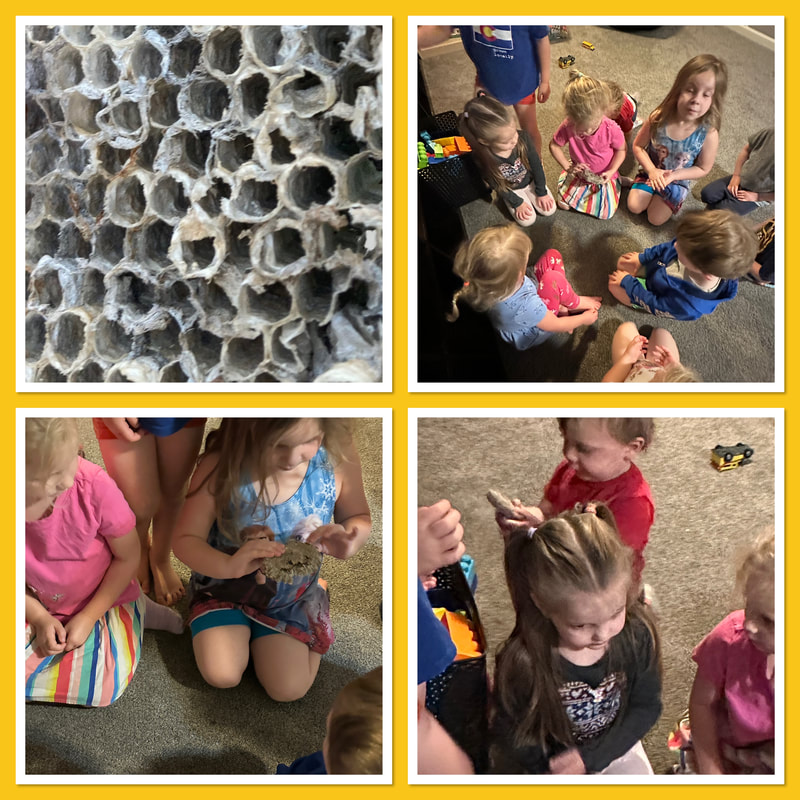
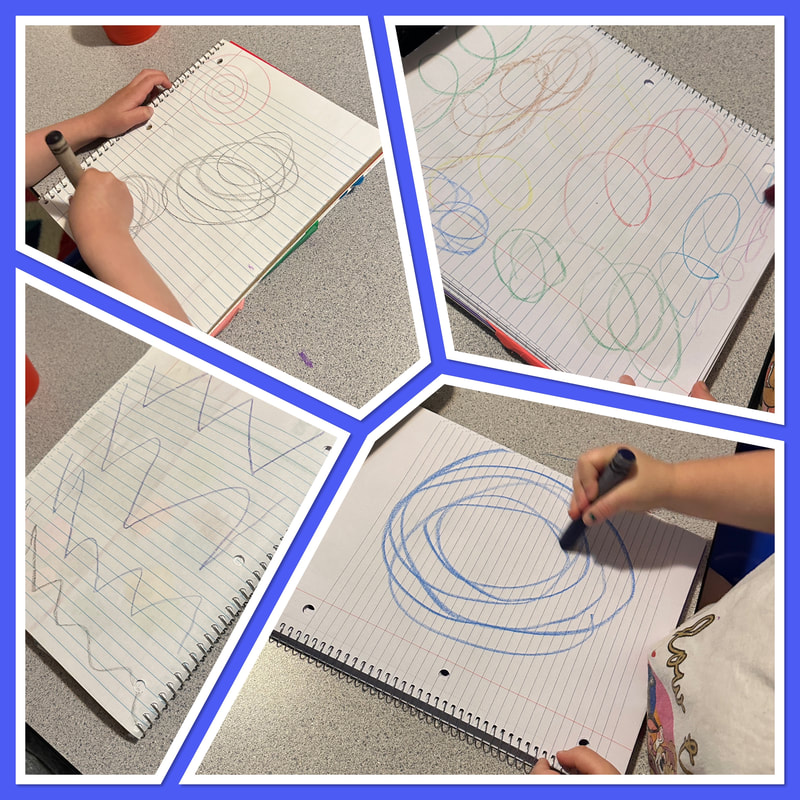
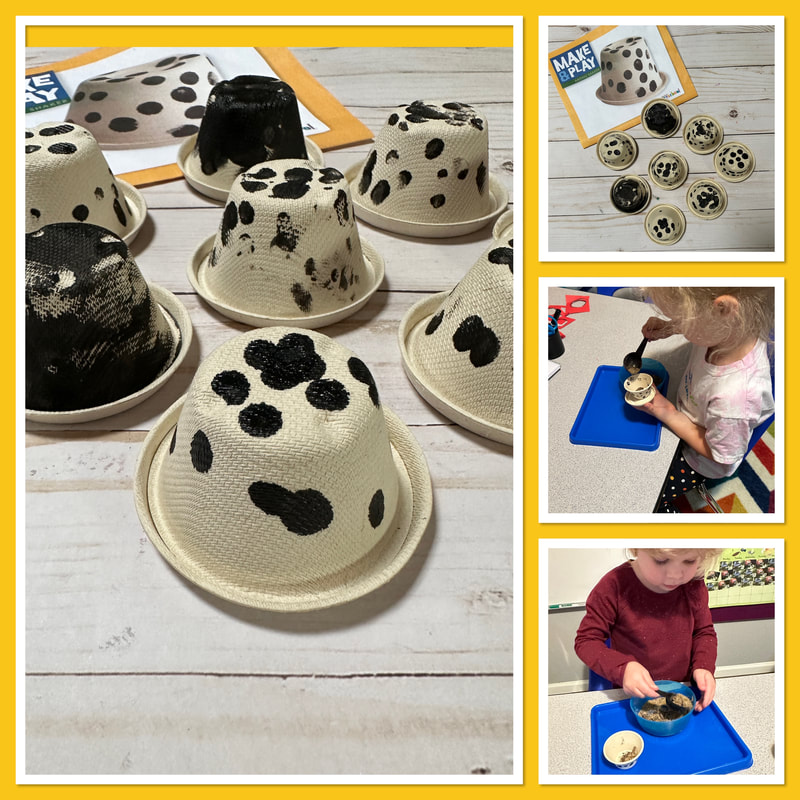

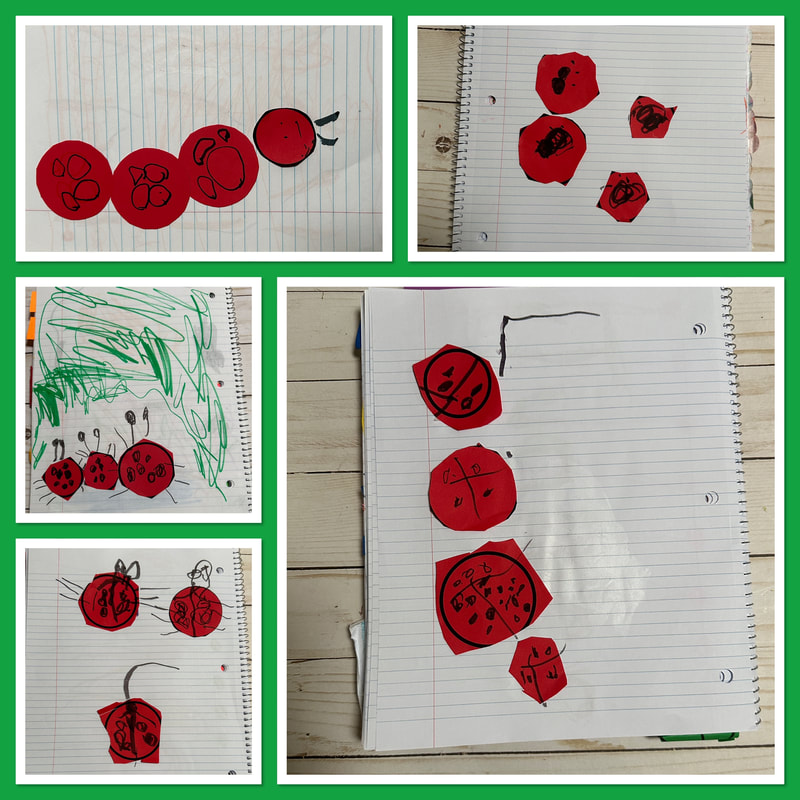
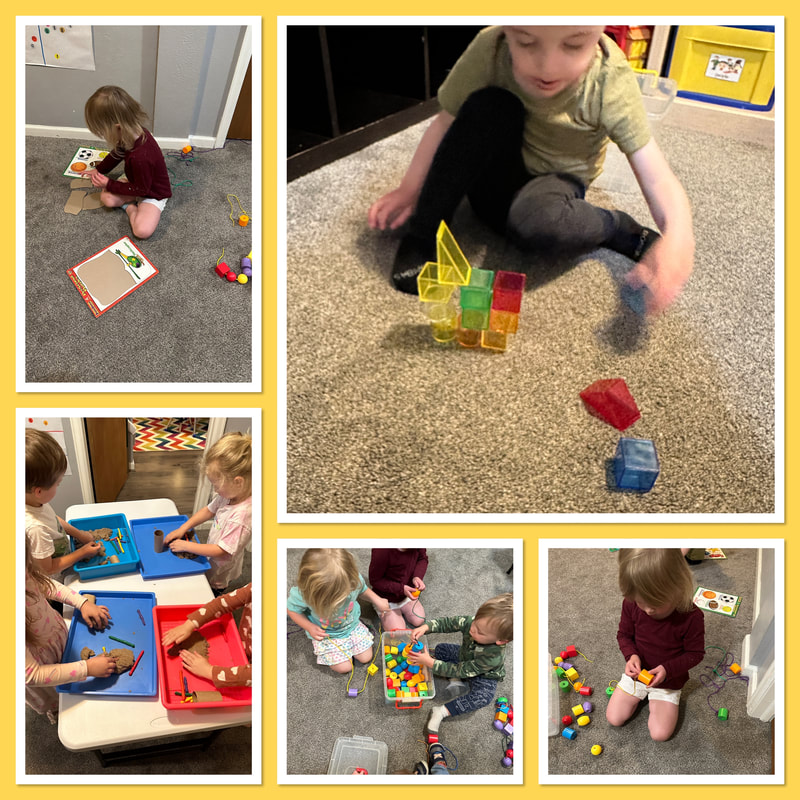

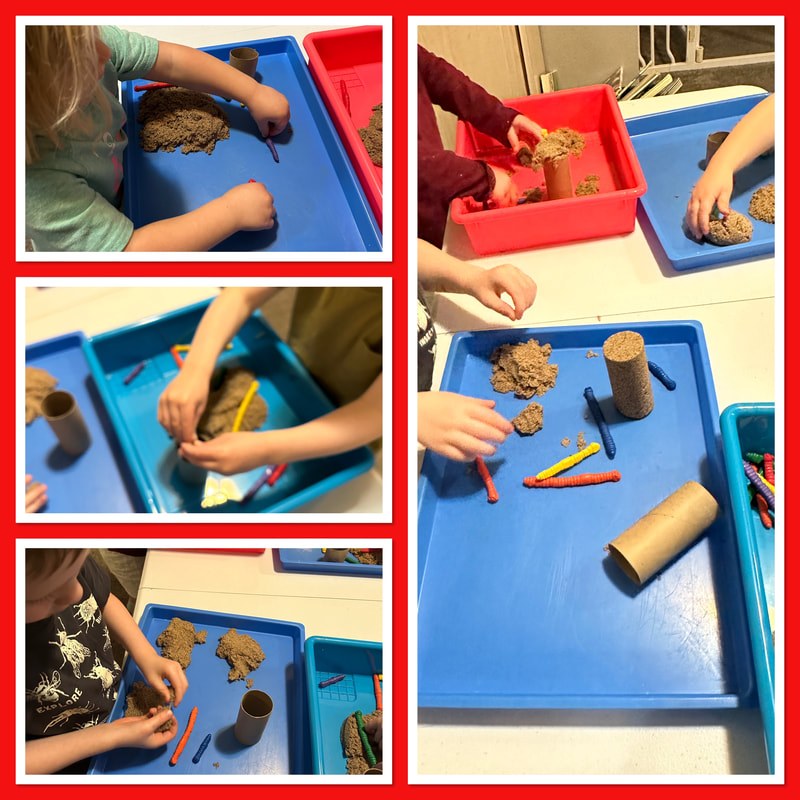







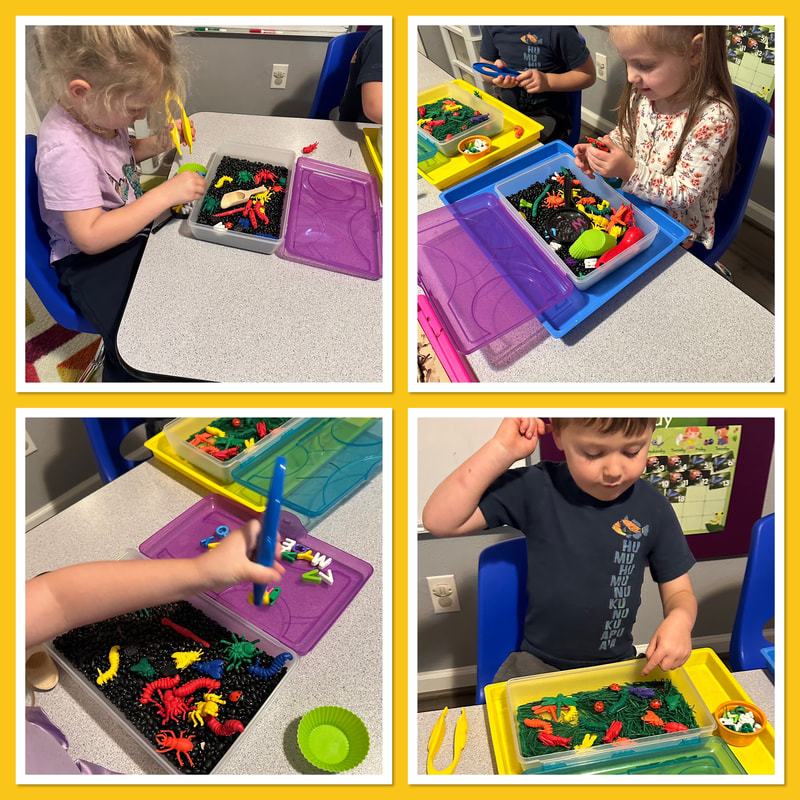


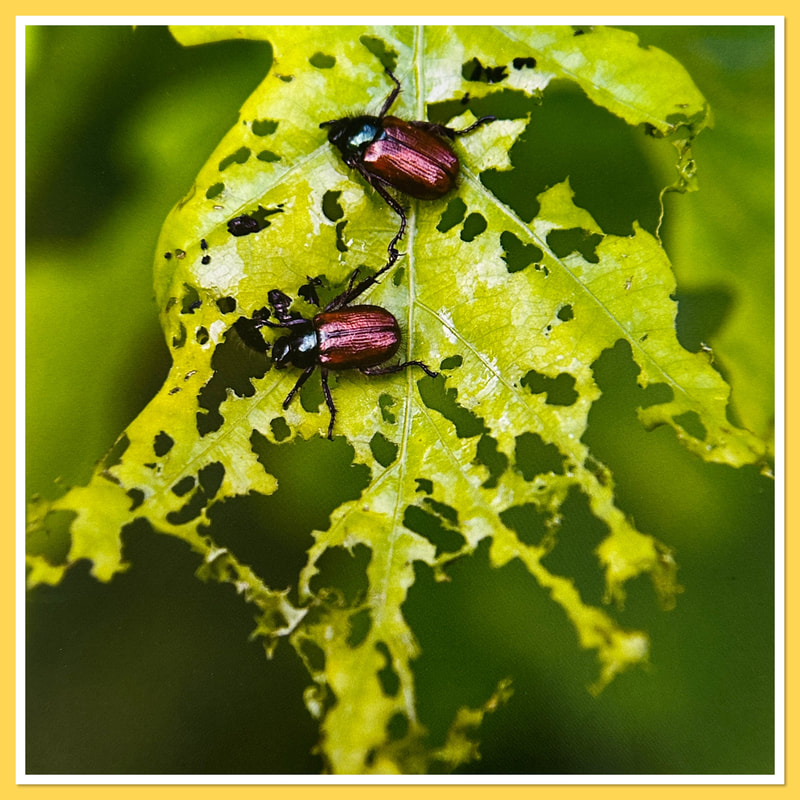
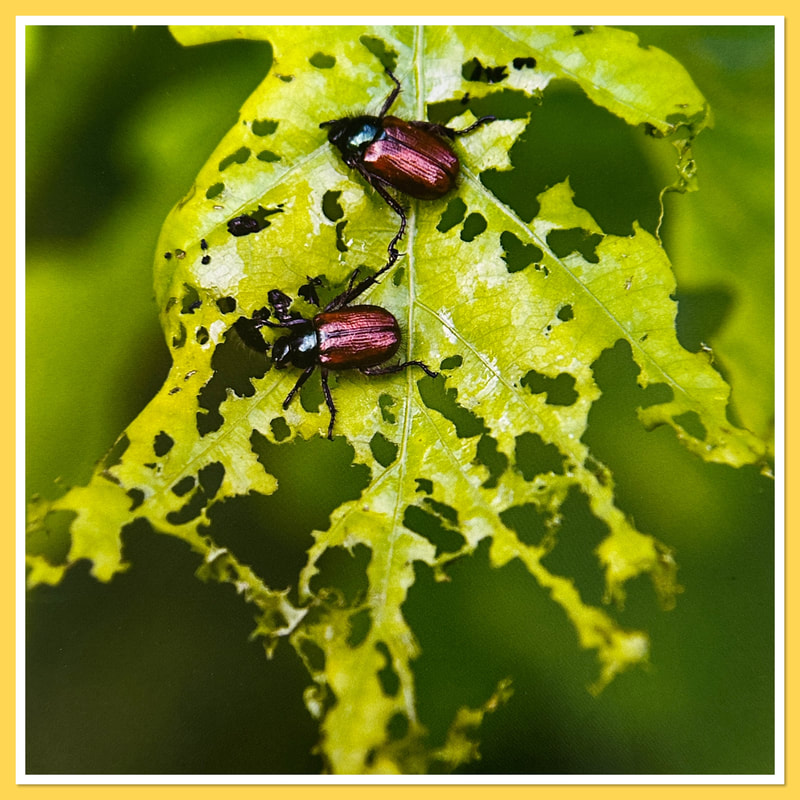
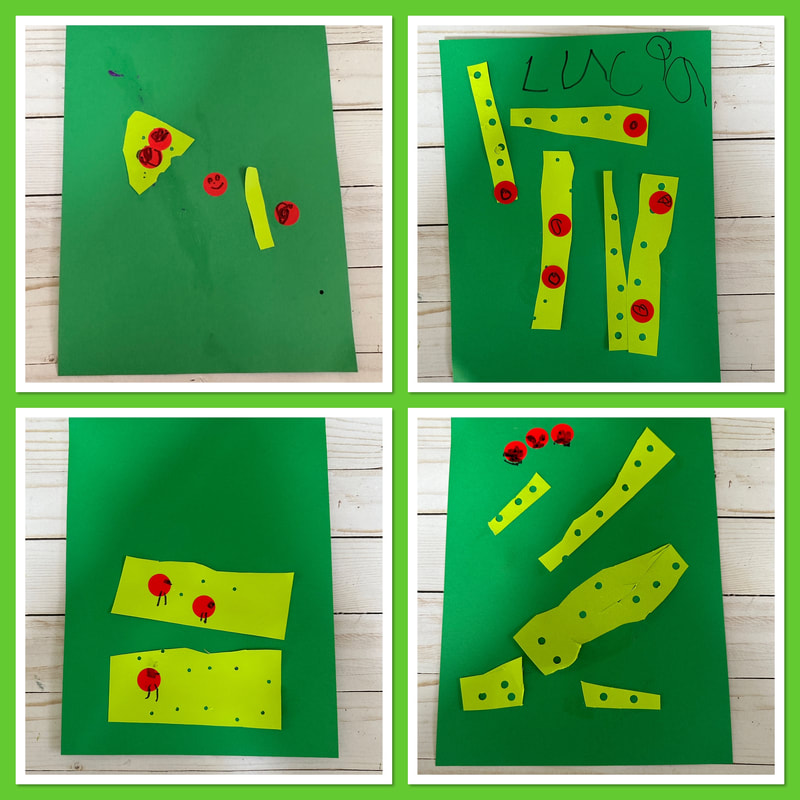
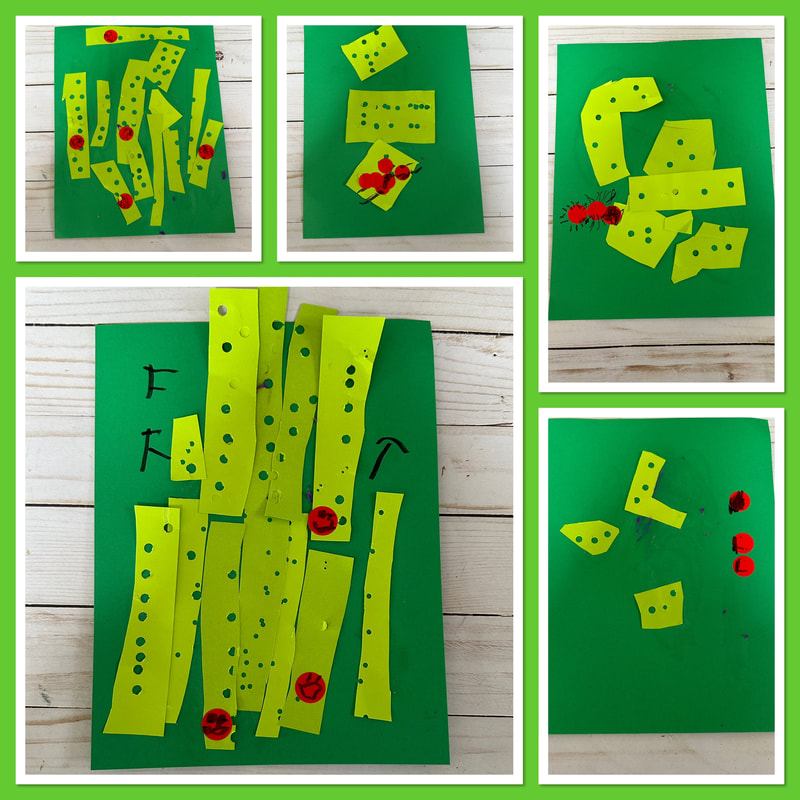
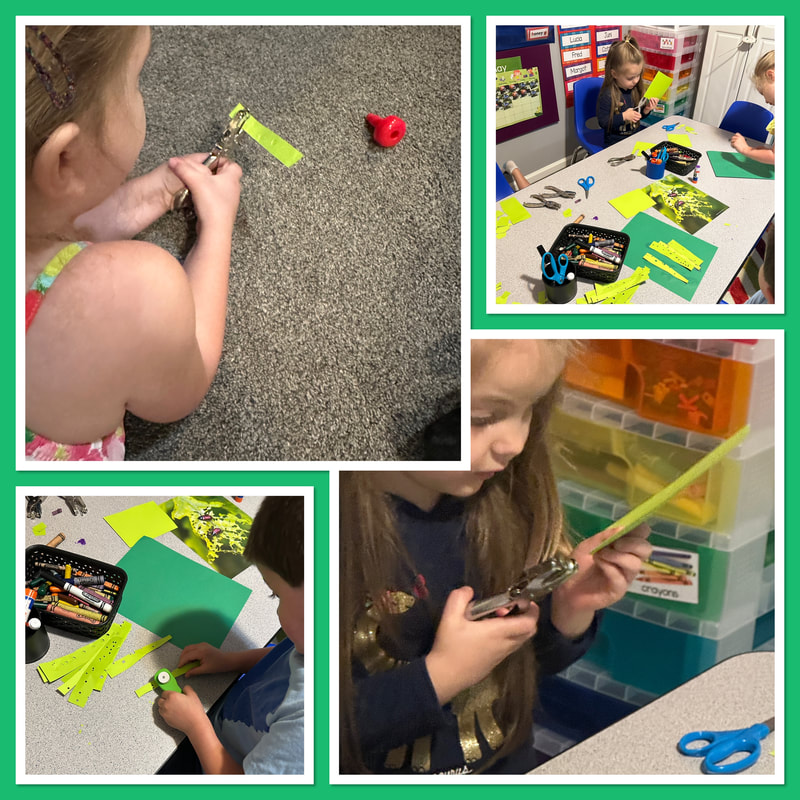
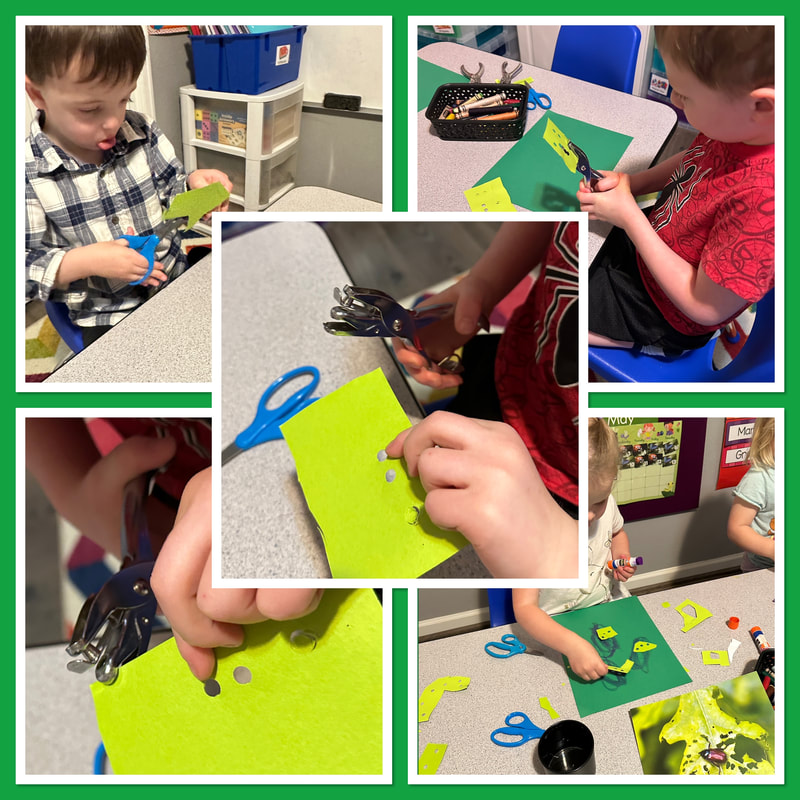
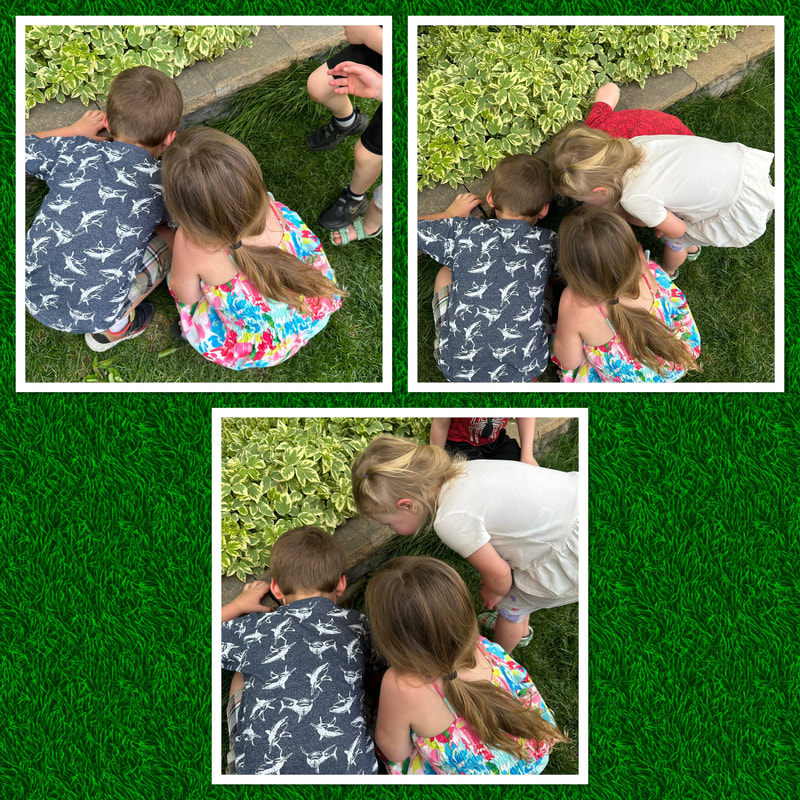



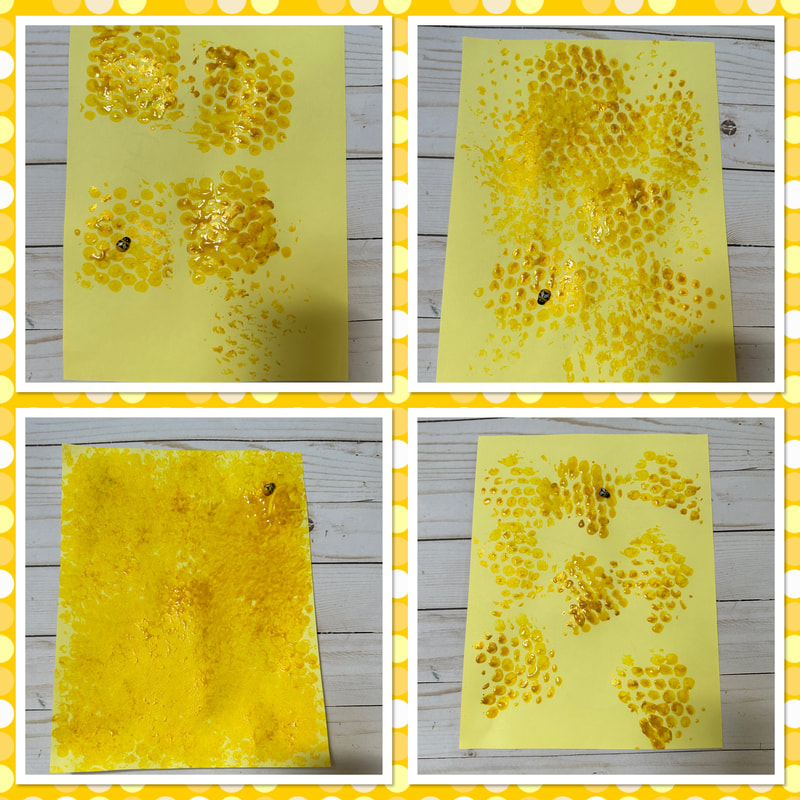

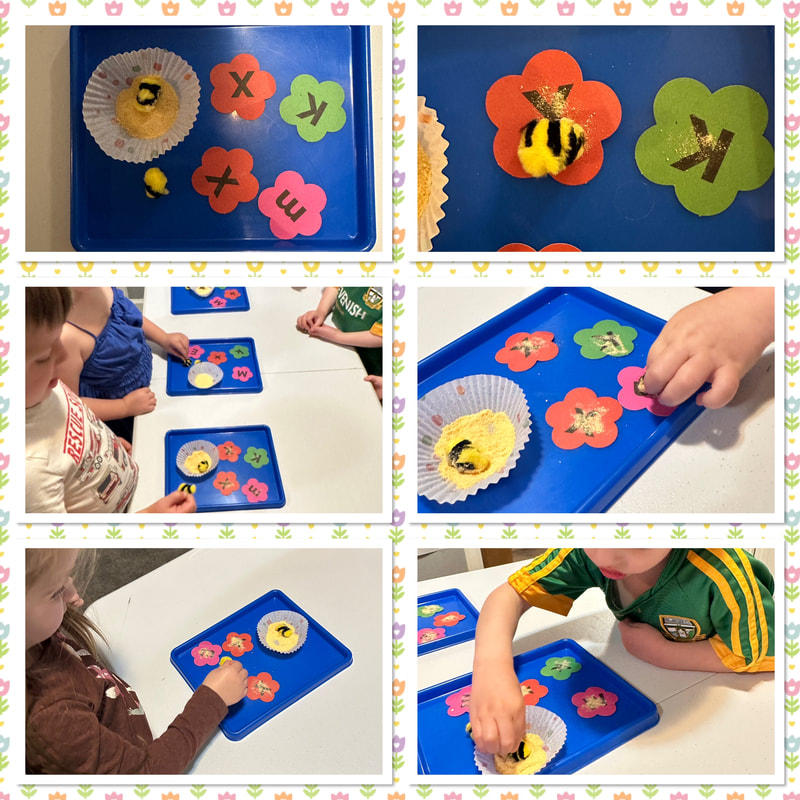



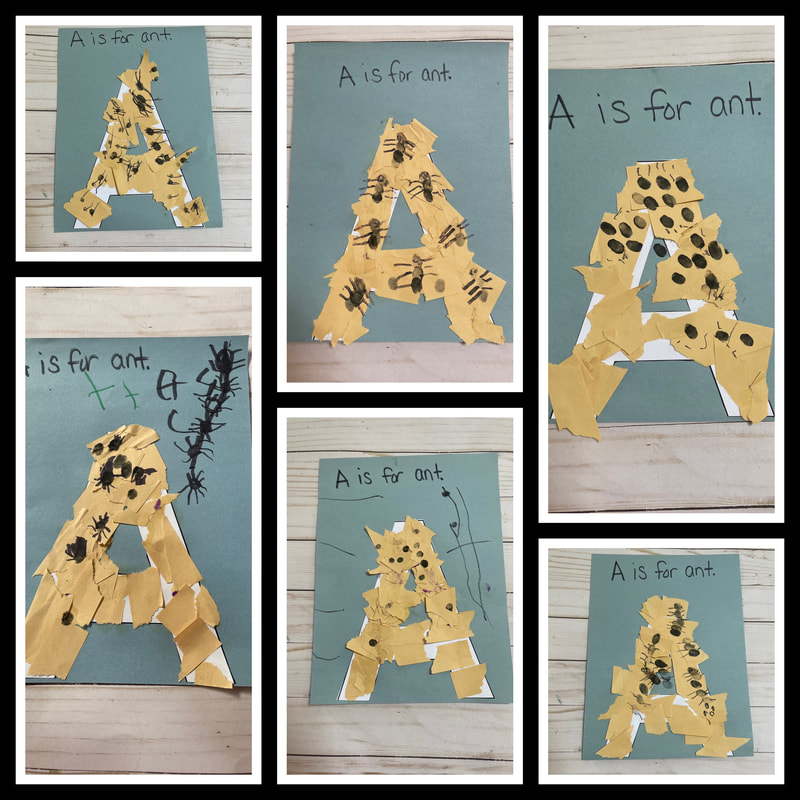
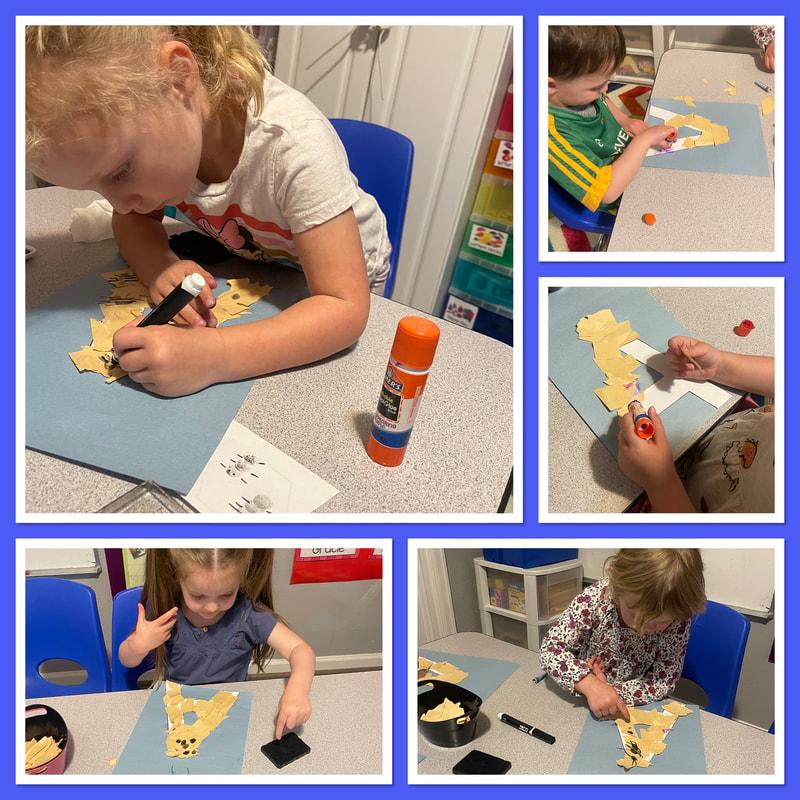
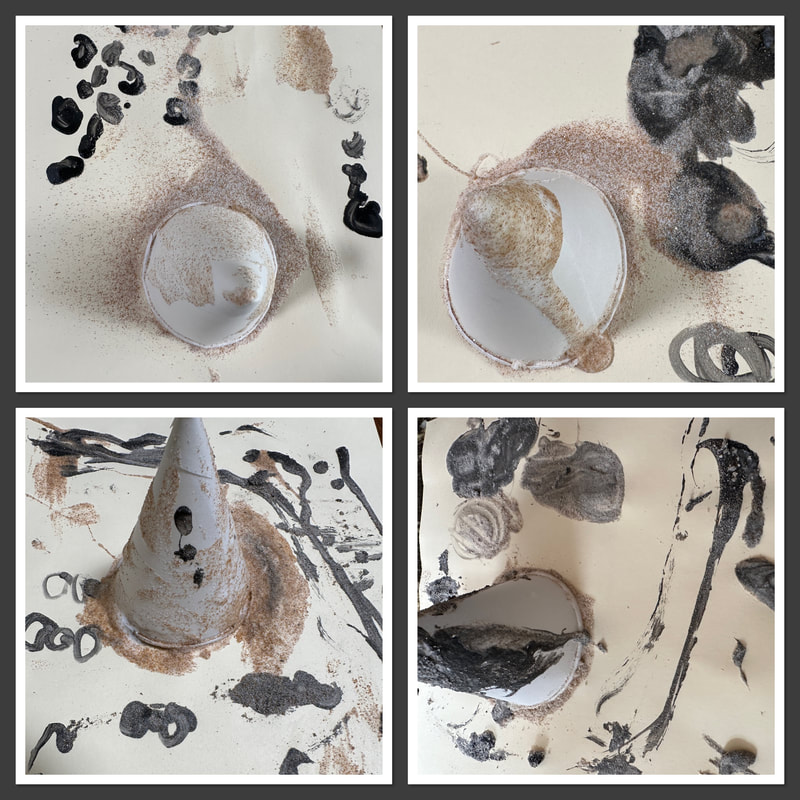


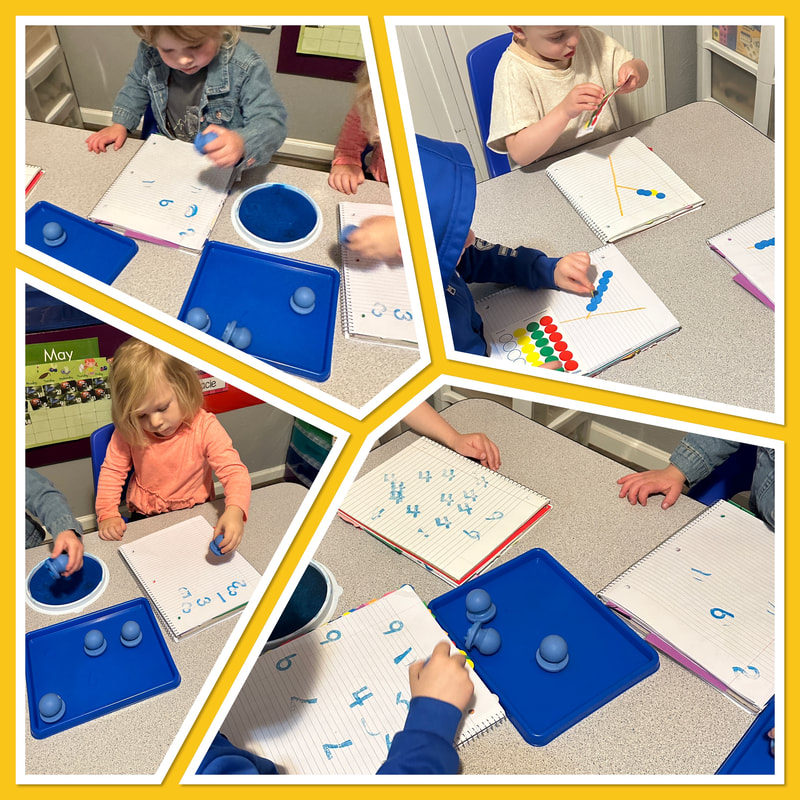
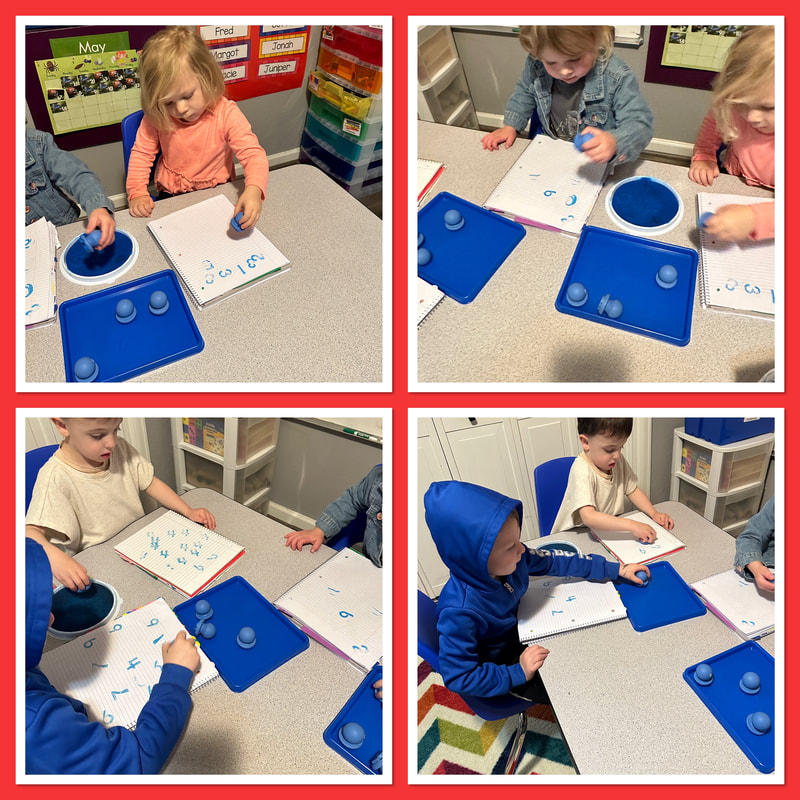

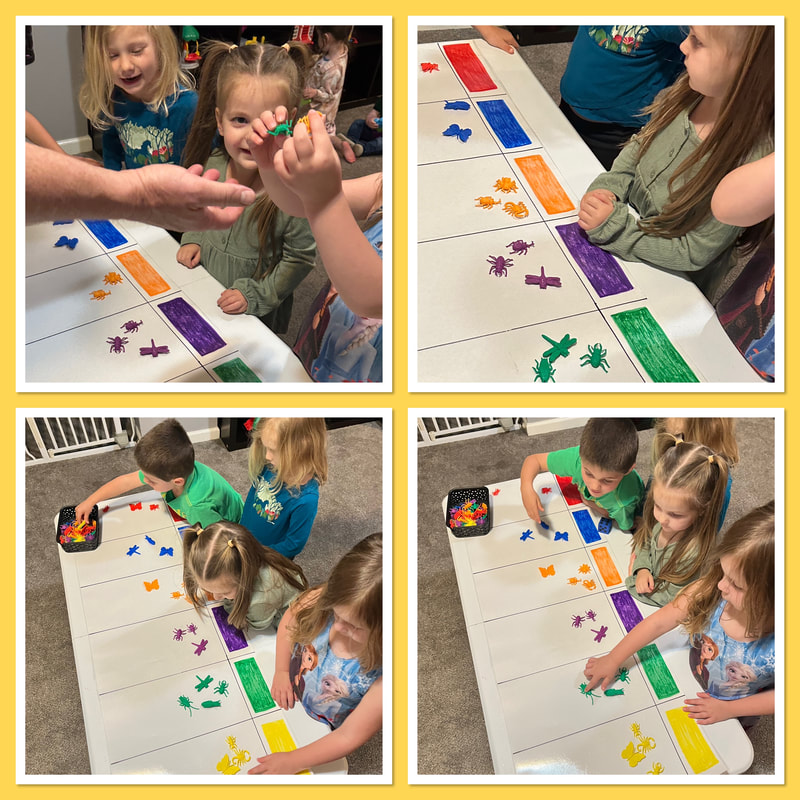
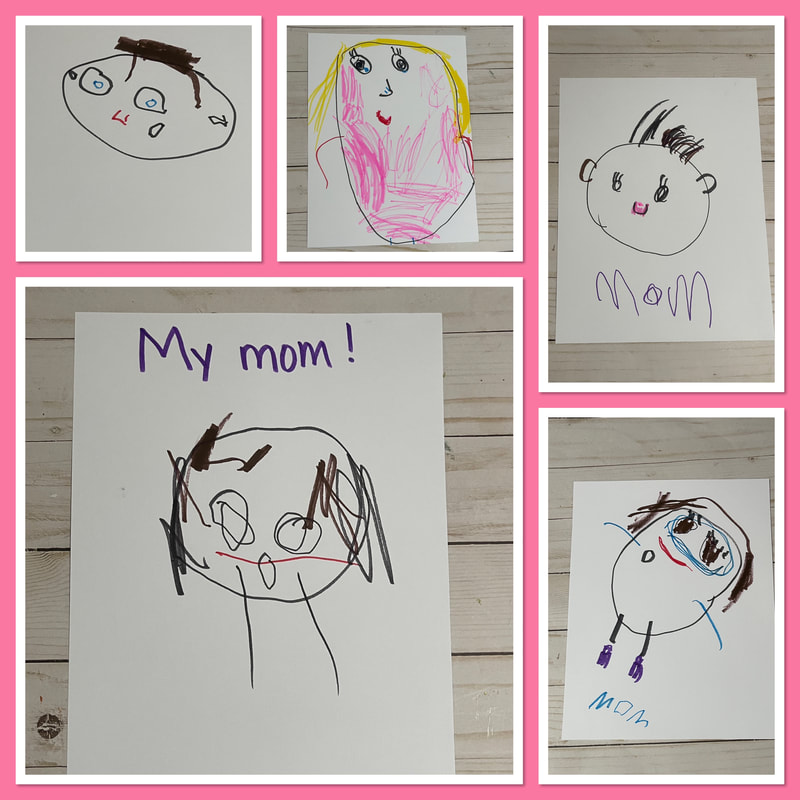

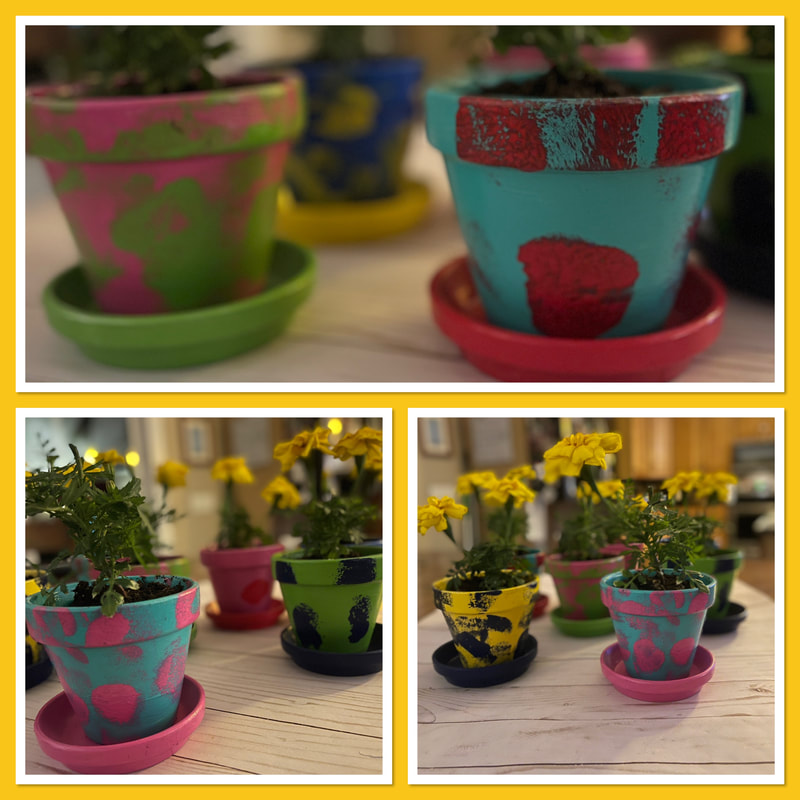
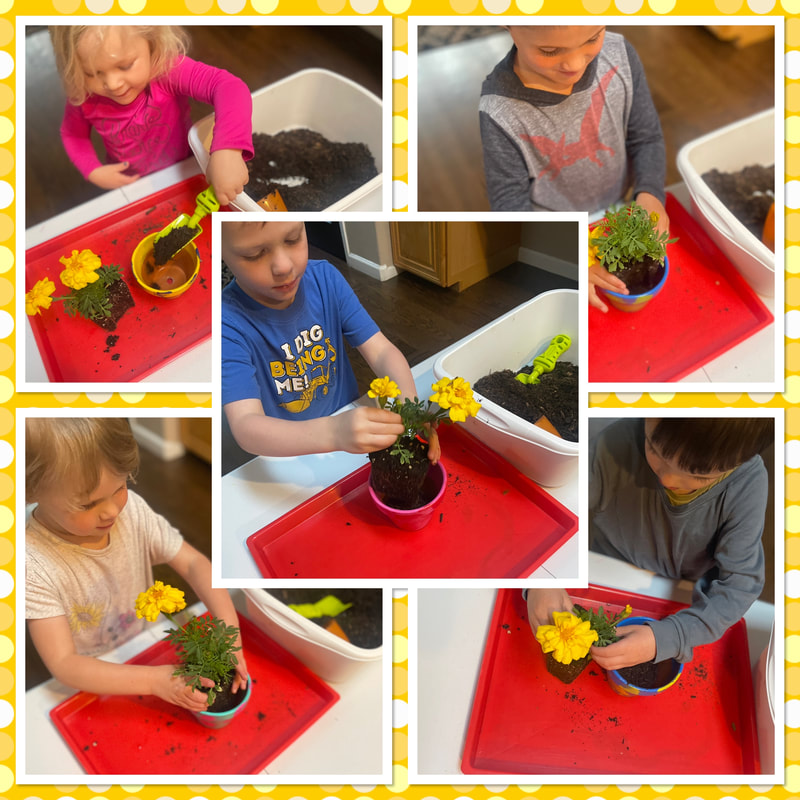
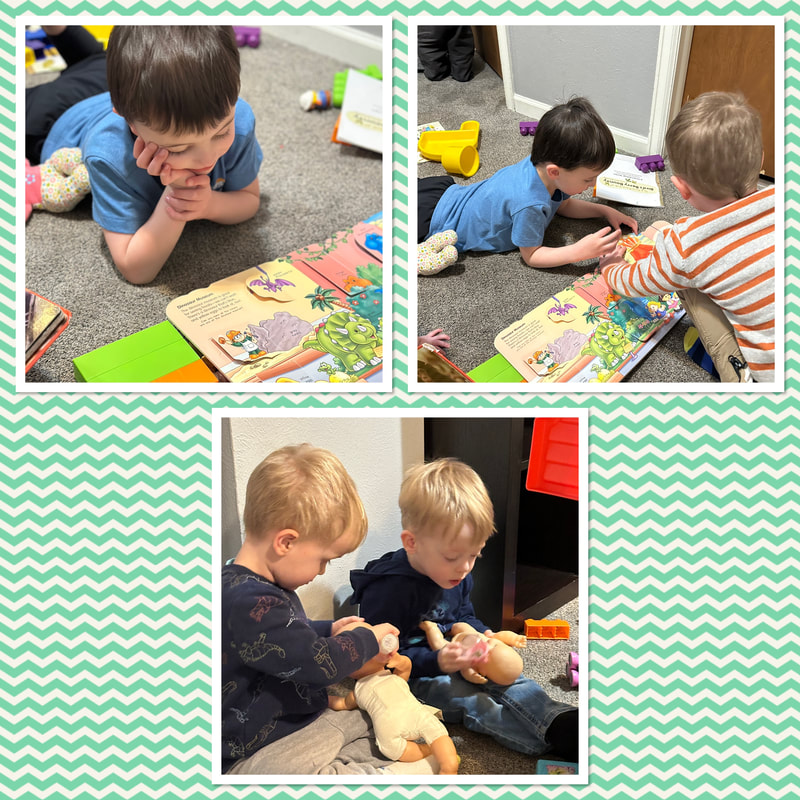
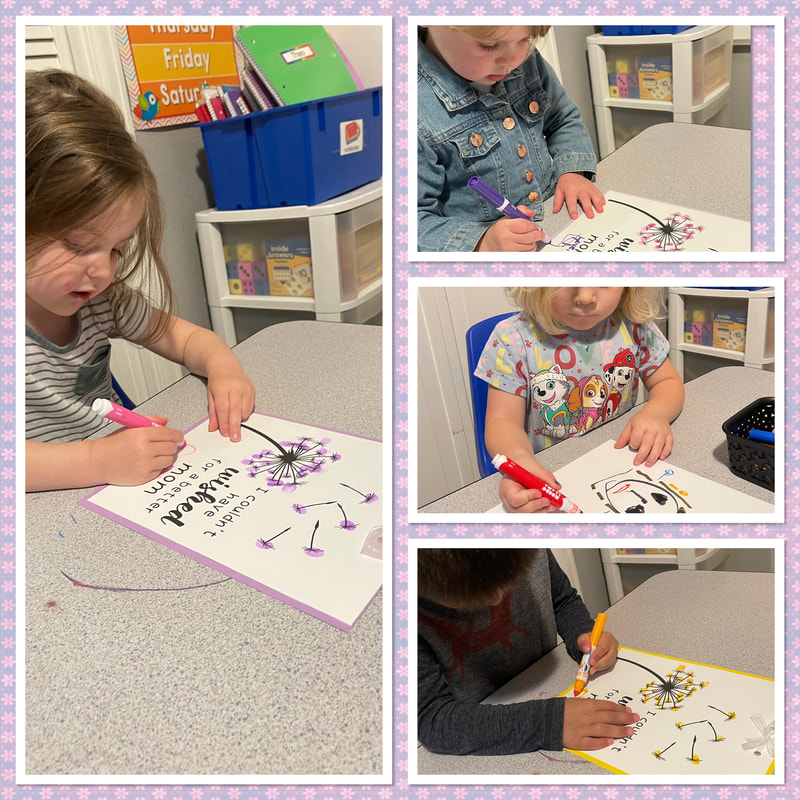
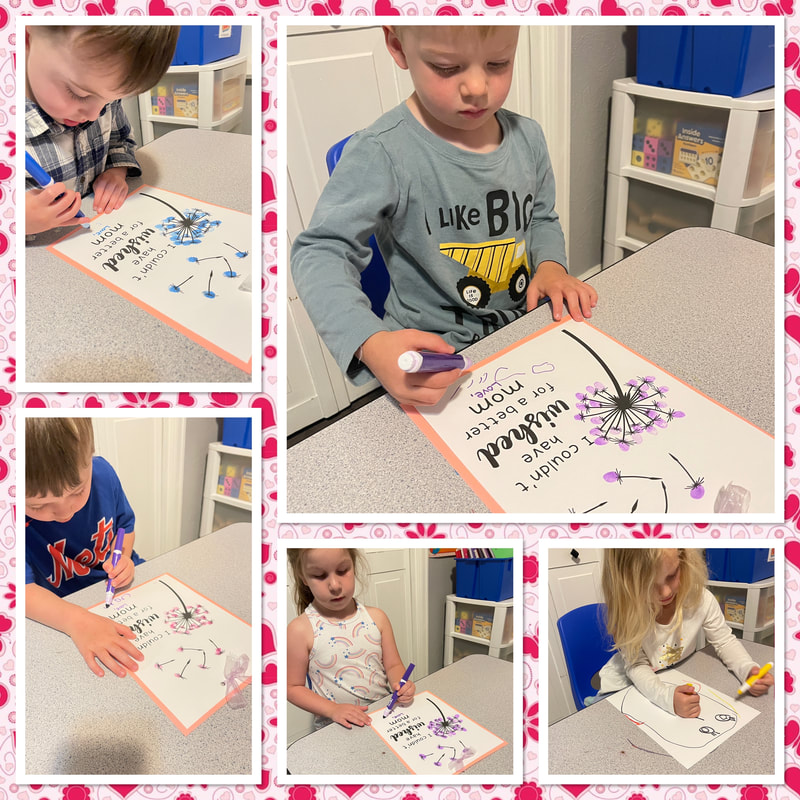
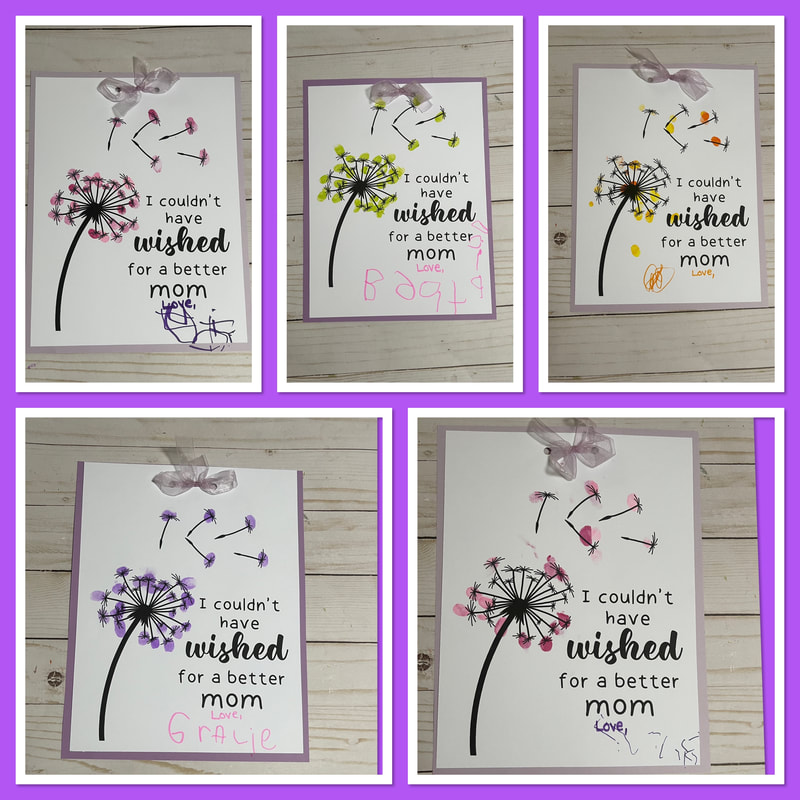
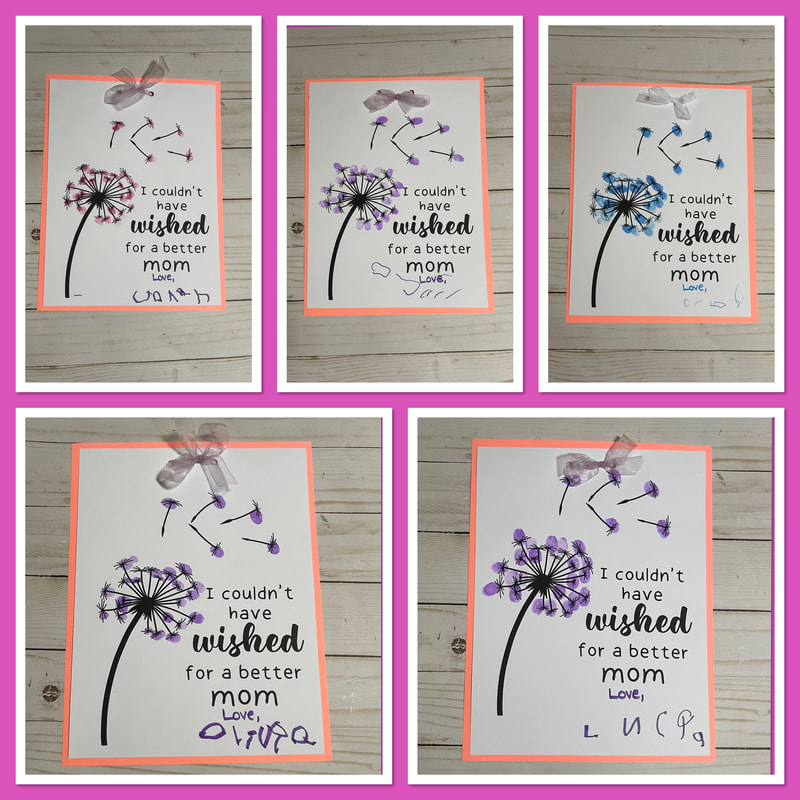

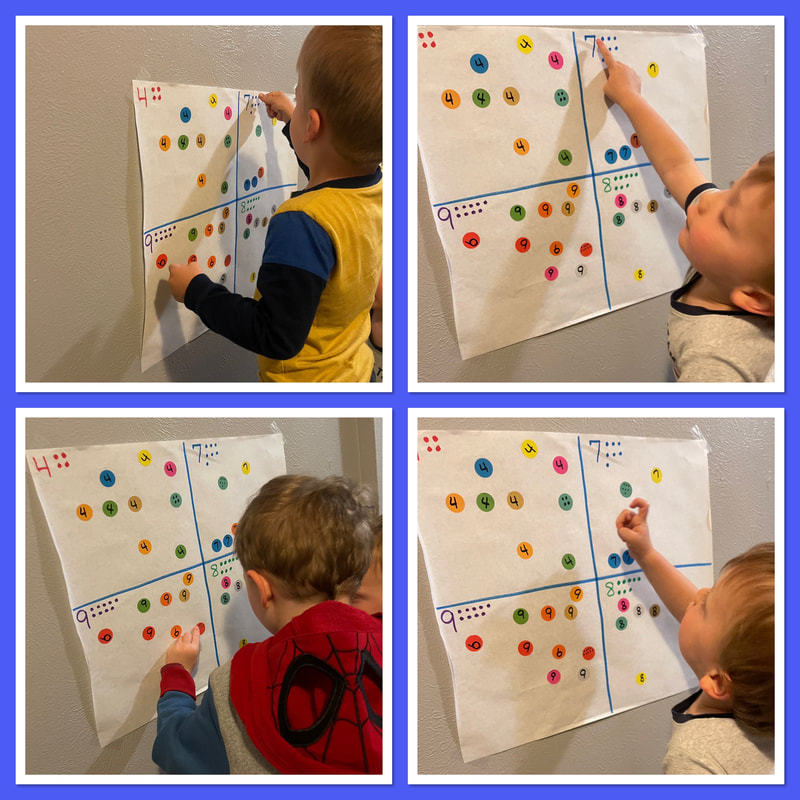
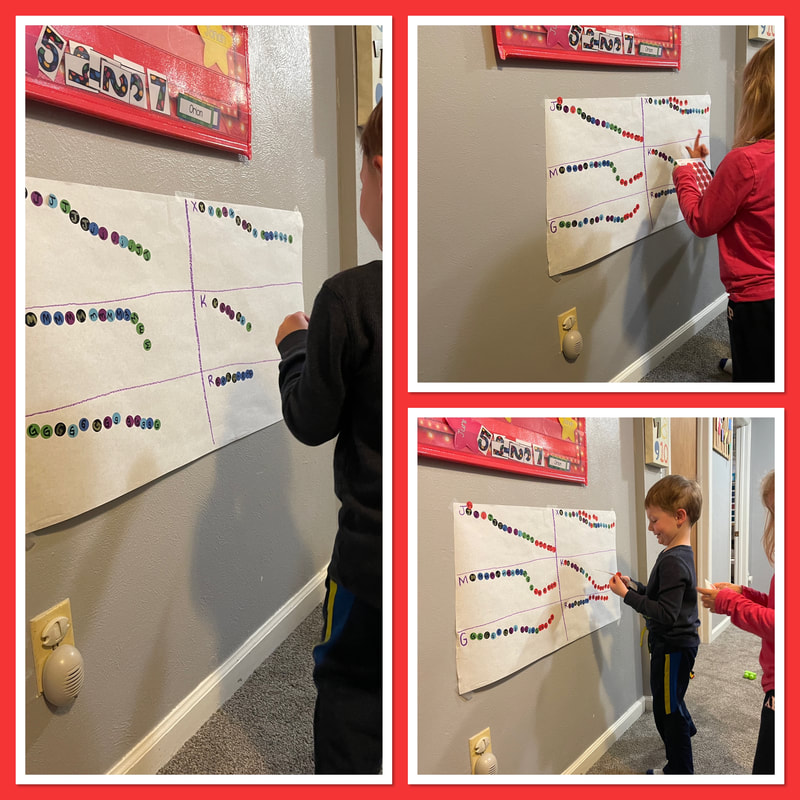
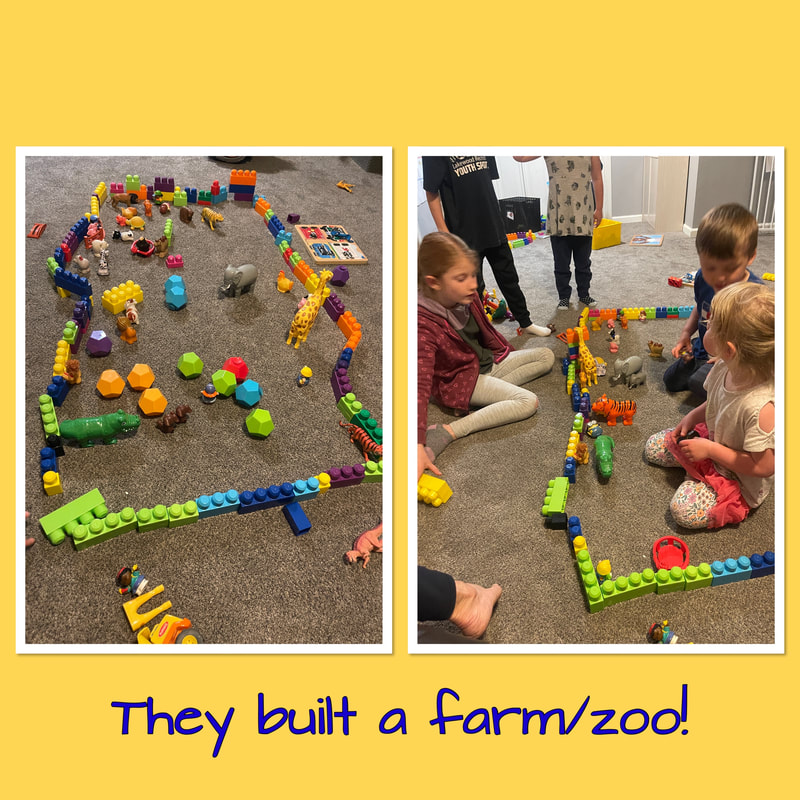
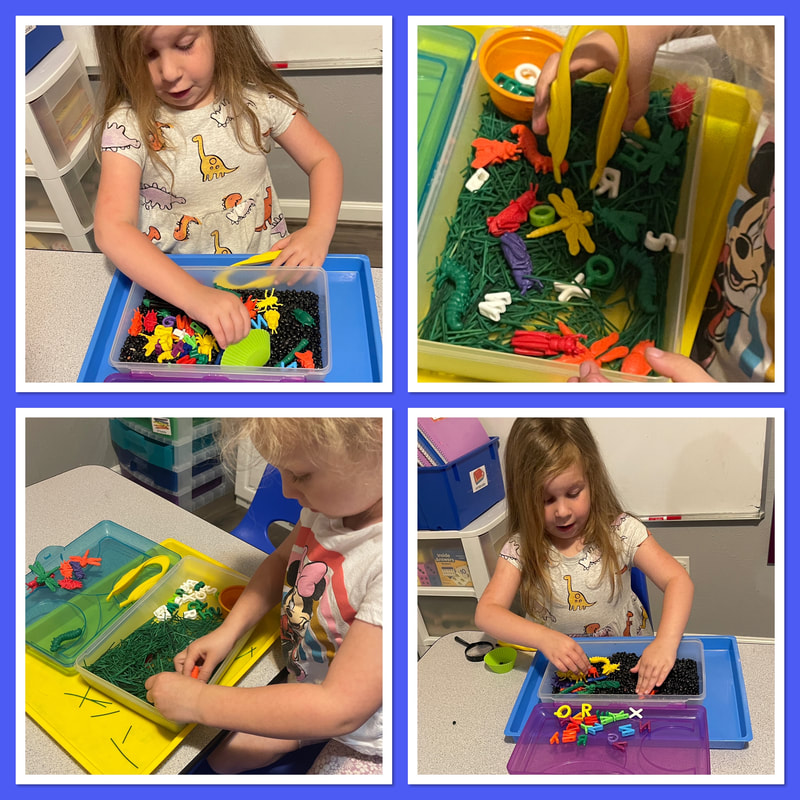
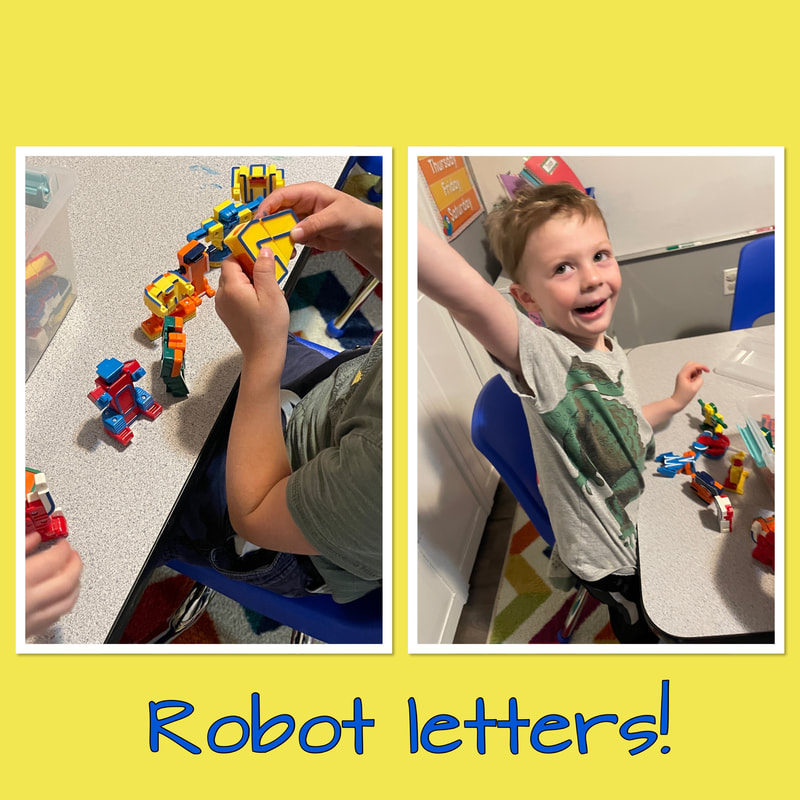
 RSS Feed
RSS Feed